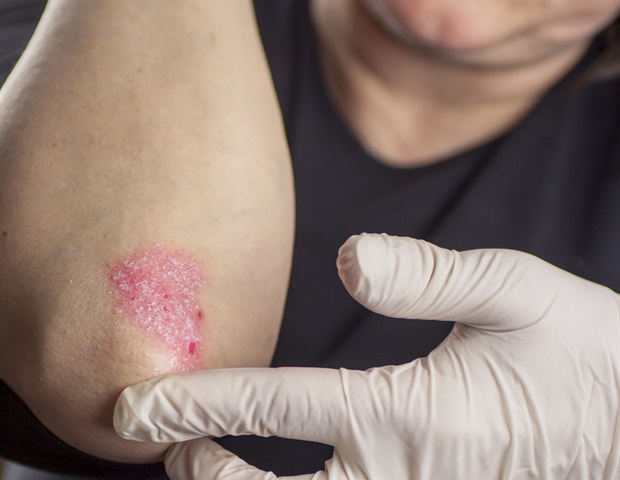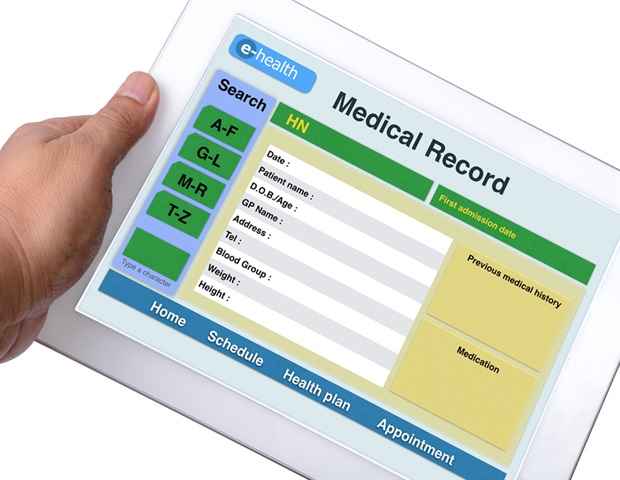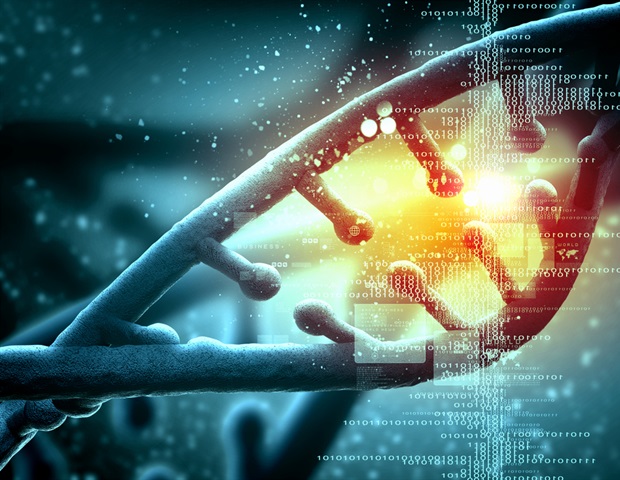
February is American Heart Month and a new national survey commissioned by The Ohio State University Wexner Medical Center found that even though heart attacks are increasingly common in younger people, many don’t believe they are at risk for heart disease.
The survey – which was conducted online among more than 2,000 Americans age 18 and older – found 47% of those under age 45 don’t think they are at risk for heart disease.
“It is alarming that younger people don’t feel that they’re at risk for heart disease but it’s not surprising. Most young people think heart disease only happens in old people but that’s not the case,” said Dr. Laxmi Mehta, director of Preventative Cardiology and Women’s Cardiovascular Health at The Ohio State Wexner Medical Center, Sarah Ross Soter Endowed Chair in Women’s Cardiovascular Health, Chief Wellbeing Liaison and professor of Internal Medicine at the College of Medicine.
A recent study shows heart attacks in people under age 40 have been increasing over the past decade. This is partly because conditions that lead to heart disease such as obesity and high blood pressure are leading to heart disease at younger ages, according to the Centers for Disease Control and Prevention. In Ohio State’s survey, 46% of adults under age 35 said they don’t believe high blood pressure is a health risk for them.
“Addressing heart disease risk factors at a young age is important because when conditions are treated at an earlier age, you can slow the progression or onset of developing heart disease,” Mehta said.
Ohio State’s study also found about a third of those surveyed weren’t confident they would know if they were having a heart attack. Recognizing even the most subtle signs of a heart attack and seeking immediate care can be lifesaving, Mehta said.
“If something suddenly seems new and doesn’t make sense to you, seek immediate medical attention. Don’t wait until tomorrow to see if you feel better. Let healthcare professionals decide if you’re having a heart attack or not,” she said. “When it comes to a heart attack or stroke, every second counts. You shouldn’t even drive yourself to the hospital. Call an ambulance so lifesaving care can begin right away.”
Other results of Ohio State’s survey found that 67% of respondents reported getting at least 2 ½ hours of moderate-intensity aerobic exercise, such as brisk walking or biking, and 93% said they were aware that getting seven to nine hours of sleep per night was important for their heart health. Exercise and healthy sleep are part of the American Heart Association’s Life’s Essential 8, which are key measures for improving and maintaining cardiovascular health. Other factors are eating a healthy diet, quitting smoking and vaping, maintaining a healthy weight and keeping your blood pressure, cholesterol and blood sugar numbers in a healthy range.
“I like to look at Life’s Essential 8 as two separate categories: living a healthy lifestyle and managing health conditions. Doing these eight things can really help prevent heart disease and strokes,” Mehta said.
Having yearly checkups with a primary care physician is also important to prevent and manage health conditions.
“Your doctor will screen for warning signs like high blood pressure and do blood work to track your cholesterol so any changes over time can be flagged. They will also assess your risk for diabetes and screen for certain cancers and other diseases that put your future wellness at risk,” Mehta said. “There are also many health fairs that offer free screenings if patients don’t have access to care.”
For Dave Conway of Clintonville, Ohio, heart disease was the last thing on his mind when at age 30 he experienced a few days of fatigue and shortness of breath in 2018. A quick internet search of his symptoms convinced him he had pneumonia, but when his symptoms worsened he visited an urgent care where it was discovered his blood pressure and heart rate were dangerously high. A cardiac catheterization at the Wexner Medical Center showed he’d suffered a “widowmaker” heart attack and had a 100% blockage in a major artery. He suffered three strokes while in the hospital and was diagnosed with heart failure.
I thought people who had heart attacks or heart disease were older people who drink and smoke and weigh much more than I did. I thought you would have a pain in your left arm and then would fall over and die. For the most part, I didn’t realize how many different signs someone can have.”
Dave Conway of Clintonville, Ohio
Signs of a heart attack include:
- Chest pressure, tightness or fullness
- Squeezing, pain or discomfort in the center of the chest that lasts for minutes and sometimes radiating to the shoulders, neck, arms or jaw
- Chest pain that increases in intensity or that’s not relieved by rest
- Chest pain that occurs while sweating
- Fainting or dizziness
- Shortness of breath
- Indigestion, nausea or vomiting
- Unexplained weakness or fatigue
- Cool, clammy skin
- Paleness
“Recovery has been really tough, but I’m willing to do whatever my doctors tell me is needed to keep my heart safe in the future,” Conway said. “If you can eat well and if you can move, it doesn’t have to be complicated. Just going for a walk and reading your food labels can really help you maintain a good diet and keep a healthy heart.”
As a psychology student at Ohio State University, Conway hopes to help others who go through similar life-changing events and shares his story to raise awareness about heart health and heart disease.
“I tell everyone now that if they’re not feeling good, go to the doctor or seek any sort of professional medical help. It’s so much better for a doctor to tell you that everything is OK and that there’s nothing to worry about than waiting until it gets bad enough that you get admitted to the hospital,” he said. “Preventative care and being aware of what’s going on in your body can help prevent serious heart issues.”
Source:
Ohio State University Wexner Medical Center









